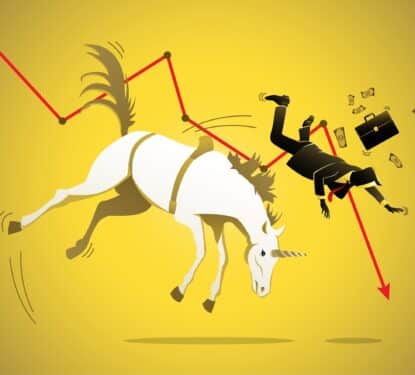Smart workplace technology is often associated with the biggest commercial buildings, housing the most high profile organizations - epitomized by buildings like The Edge in Amsterdam. While many managers of small to medium sized commercial real estate (CRE) discount smart technology adoption all together, assuming they do not have the capital or scale to achieve a good return on investment. The reality, however, is quite different. Smart workplace tech may be the best way for smaller commercial buildings to survive and even thrive.
Jon Bolen, COO at smart building solutions provider ENTOUCH, equates this contradiction to the story of Oakland Athletics, a relatively small major league baseball team who defied all the odds by using technical innovation to overcome bigger, richer opposition. Oakland had the third lowest payroll in baseball when they pioneered a high-tech approach to scouting analytics, but it resulted in an incredible 103-59 win-loss record against the much richer teams. Oakland’s approach was documented in Michael Lewis’ 2003 book, “Moneyball: The Art of Winning an Unfair Game.”
“With a “Moneyball” mindset, you can leverage technical innovation to outperform your competitors, position your organization as the preferred choice in the market, and drastically expand margins for a return on investment upwards of $2 to $4 for every $1 invested. If that doesn’t have you leaning over the rail for a closer look, I don’t know what will,” said Bolen in an article for CRE Tech.
It’s not so crazy when you think about it. Throughout history, technical innovation has often provided early adopters, big or small, the upper hand. The most notable examples of this are usually small to medium sized entities or start-ups with big ambitions - consider Uber or Airbnb for example. In the context of smart building technology for CRE, small to medium sized portfolio managers need not spend big bucks to get ahead in the game, if they focus their efforts on what customers want most: productivity.
Health and wellness sells, according to a recent World Green Building Council report that highlights; indoor air quality, thermal comfort, lighting, acoustics, interior layout and “active” building design, as decisive factors in the enterprise’s workplace choice. In fact, many organizations are willing to pay much more for such benefits, not just because they care about employee wellbeing, but because a healthy employee is a productive worker.
“Healthy buildings promote productivity. They reduce absenteeism. They take sustainability to new heights, by going beyond reduced energy consumption (which can certainly lower overhead and improve margins), to creating a competitive advantage that attracts and retains quality tenants and guests,” argues Bolen.
This no longer an option for CRE companies wanting to remain competitive in today’s market, it is a necessity. Once early businesses discovered the new levels of productivity that health and wellness can offer, it was only a matter of time until all CRE needed to follow suit or risk market share. This inevitably had cross-sector knock-on effects, we now see enterprises in almost every industry seeking smart improvements their workplace to meet the new benchmark.

Back in October 2014, the International WELL Building Institute was established to create a scientifically based certification and credentialing program that supports occupant health and wellness in buildings. The past three years WELL Building projects have been certified in more than 30 countries, and total WELL certified square footage reached the 100 million mark in July 2017. The institute has also made clear its intentions to launch WELL v2 in 2018.
The WELL standard sits at the heart of a growing trend towards “human centric” design in CRE, which goes beyond health and wellbeing. Spaces can be designed to encourage innovation and creativity through inspirational environments. Teamwork can be enhanced through collaborative workspace layout and communication tools; simultaneously, other areas can be planned for isolated, focused work. Safety and security can be improved but also made more efficient and convenient, offering peace of mind without unnecessary delays.
This is all good news for SMEs looking to get more from their workspaces. Not only do the new generation of offices boost the productivity of current employees, they also create a working environment that can attract the best and brightest talent. It is also good news for the ambitious CRE managers who, with limited scale, can add human centric elements to their portfolios in order to compete on quality with the big hitters of the CRE leagues.
“As you intentionally pursue healthier building environments, connected ecosystems and real-time decision input, your CRE enterprise can become leaner, more attractive and more profitable than ever. With a little creative thinking, and just enough “Moneyball” innovation to back you up, you can bring your facilities efficiently up to speed, and compete at a big league level,” Bolen concludes.
[contact-form-7 id="3204" title="memoori-newsletter"]



